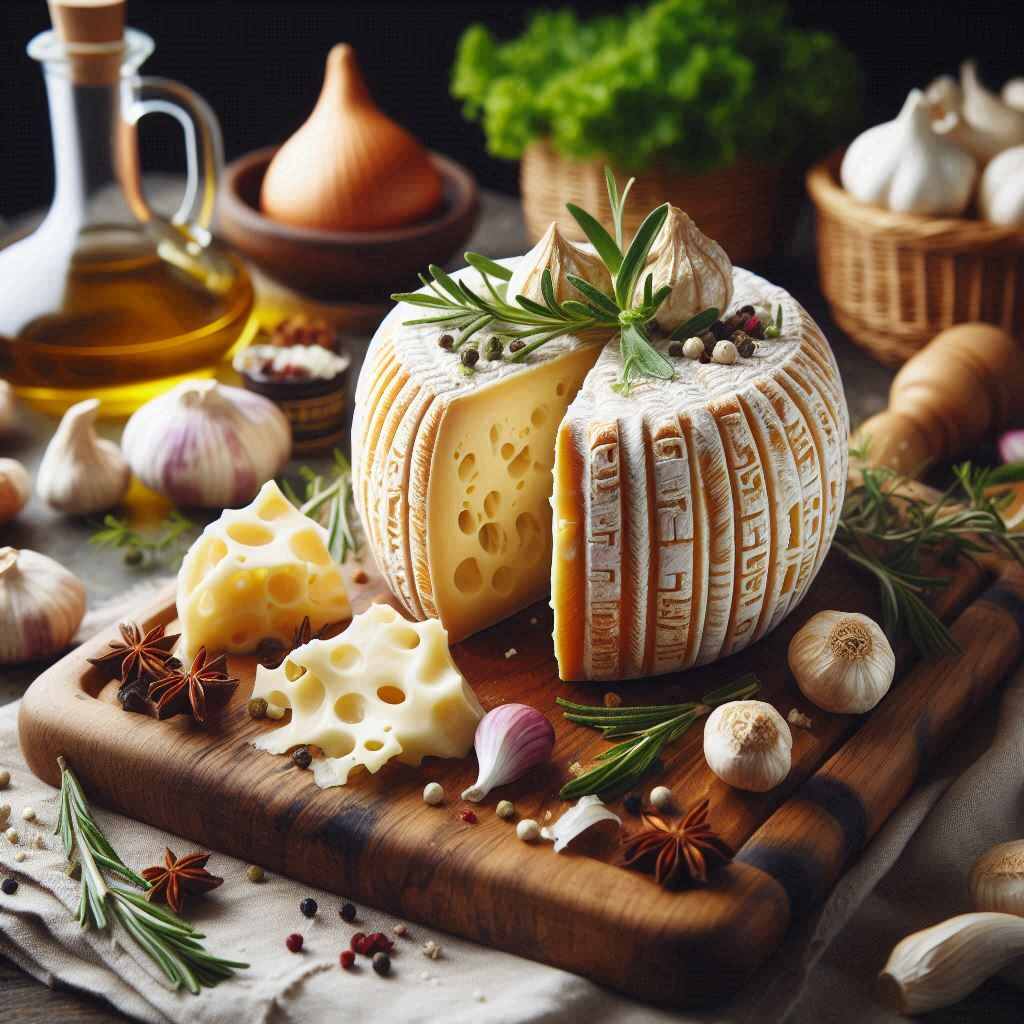Masgonzola: The Ultimate Guide to This Unique Cheese
Cheese lovers, rejoice! If you think you know all the world’s cheeses, think again. Enter Masgonzola – a creamy, flavorful, and slightly tangy delight that’s making its mark in kitchens around the globe. Whether you’re a foodie, a chef, or someone who just loves tasting new flavors, understanding Masgonzola is like unlocking a secret treasure chest of cheese.
What is Masgonzola?

At first glance, Masgonzola might sound like a relative of Gorgonzola, and you wouldn’t be entirely wrong. But it’s its own star, with a distinctive personality that sets it apart. Simply put, Masgonzola is a blue-veined Italian cheese known for its rich, creamy texture and unique flavor profile.
Origin and History of Masgonzola
Masgonzola hails from Italy, where cheese-making is a revered tradition. While exact records are scarce, cheese historians believe it emerged as a regional twist on Gorgonzola. Italian cheesemakers took the classic blue cheese base and experimented with milk blends, aging techniques, and flavor profiles, giving birth to Masgonzola. Over the years, it has grown from a local favorite to a cheese celebrated internationally.
How Masgonzola Differs From Other Cheeses
Unlike some blue cheeses that can be overwhelmingly pungent, Masgonzola strikes a balance between creamy richness and mild sharpness. Its veins are subtle, and it doesn’t carry that overpowering ammonia bite that some blue cheeses do. In short, it’s approachable, versatile, and perfect for both beginners and seasoned cheese enthusiasts.
Types of Masgonzola

Masgonzola isn’t one-size-fits-all. It comes in multiple types, each bringing its own personality to your plate.
Masgonzola Dolce (Sweet)
Dolce means “sweet” in Italian, and this version is milder and creamier. It melts in your mouth with a delicate tang, making it perfect for pairing with fruits, honey, or even as a pizza topping.
Masgonzola Piccante (Spicy)
For those who crave a little kick, Piccante delivers a stronger, more robust flavor. Aged longer, it develops sharper notes, making it ideal for cheese boards or enhancing sauces and pasta dishes.
Regional Variations
Depending on where it’s made, Masgonzola can vary in creaminess, veining, and flavor intensity. Some regions favor a softer, spreadable texture, while others produce firmer wheels perfect for slicing and grating.
How Masgonzola is Made

Understanding how Masgonzola is crafted gives you a deeper appreciation for this cheese.
Ingredients and Milk Source
Traditionally, Masgonzola is made from cow’s milk, though some artisanal producers blend in goat or sheep milk for unique flavors. The milk must be high-quality and fresh, as it directly influences the cheese’s texture and taste.
The Cheese-Making Process
The process starts with curdling the milk using natural rennet, followed by careful cutting and stirring. After the curds are drained, Penicillium cultures are introduced to create the characteristic blue veins. The cheese is then salted, shaped, and prepared for aging.
Aging and Ripening
Aging is where Masgonzola finds its voice. Shorter aging produces the sweet, creamy Dolce, while longer periods bring out the bold, tangy Piccante. Cheese caves or climate-controlled rooms are often used to ensure the perfect ripening environment.
Flavor Profile and Texture
What’s it like to actually taste Masgonzola?
Let’s break it down.
Taste Notes
Masgonzola dances on the palate. Dolce is mild, buttery, and slightly tangy, while Piccante hits you with earthy, sharp, and sometimes nutty notes. It’s a cheese that lives in layers – one bite offers creaminess, the next a pleasant tang, and the finish lingers with a subtle bite.
Texture and Appearance
Expect a soft, creamy texture, occasionally crumbly at the edges. Its blue-green veins are visually striking, weaving through the pale, ivory cheese like delicate marble patterns.
Nutritional Value of Masgonzola
Cheese is a treat, but Masgonzola isn’t just delicious—it’s also a source of nutrients.
Calories and Macronutrients
A 1-ounce serving packs roughly 100 calories, with 8 grams of fat, 6 grams of protein, and trace carbs. That protein boost makes it a satisfying snack when paired with fruits or whole-grain crackers.
Health Benefits and Considerations
Masgonzola provides calcium, phosphorus, and probiotics, supporting bone health and gut wellness. Keep in mind, though, it’s high in saturated fat and sodium, so moderation is key.
How to Store Masgonzola
Proper storage ensures your Masgonzola stays fresh and flavorful.
Proper Refrigeration Techniques
Wrap it in cheese paper or wax paper, then loosely in foil, and store in the cheese drawer of your fridge. Avoid airtight plastic, as it traps moisture and can affect flavor.
Shelf Life and Signs of Spoilage
Typically, Masgonzola lasts 2–3 weeks in the fridge. Watch for signs like excessive ammonia smell, mold other than the blue veins, or a slimy texture—these indicate it’s past its prime.
Cooking with Masgonzola
Masgonzola isn’t just for cheese boards—it’s a culinary superstar.
Popular Recipes
- Masgonzola Risotto – Creamy, savory, and slightly tangy.
- Masgonzola-Stuffed Chicken – Adds a luxurious layer to your protein.
- Masgonzola Pizza – Melts perfectly with caramelized onions and prosciutto.
Pairing Masgonzola with Foods and Drinks
Masgonzola loves companionship. Think figs, pears, walnuts, and honey. For drinks, pair Dolce with sweet white wine and Piccante with full-bodied reds or craft beers.
Masgonzola in Global Cuisine
Though Italian in origin, Masgonzola has found its way into kitchens worldwide.
Italian Classics Featuring Masgonzola
From creamy gnocchi sauces to polenta toppings, Italian chefs use Masgonzola to elevate traditional dishes with a touch of elegance.
Modern Culinary Uses
Innovative chefs are now using Masgonzola in gourmet burgers, fusion tacos, and decadent desserts, proving that its versatility knows no bounds.
Tips for Buying Masgonzola
Not all Masgonzola is created equal. Here’s how to make sure you get the best.
How to Choose High-Quality Cheese
Look for creamy consistency, even blue veining, and a pleasant aroma. Avoid cheese that looks overly dry or crumbly unless it’s aged Piccante.
Recommended Brands and Stores
Artisanal Italian brands are a safe bet, but local specialty cheese shops often carry high-quality, small-batch Masgonzola that rivals imported options.
Common Misconceptions About Masgonzola
Many confuse Masgonzola with Gorgonzola or assume all blue cheeses are overwhelmingly strong. The truth? Masgonzola is approachable, versatile, and layered in flavor, making it perfect for both novices and connoisseurs.
Masgonzola vs. Gorgonzola – What’s the Difference?
Though related, Masgonzola is milder, creamier, and slightly sweeter than Gorgonzola. Gorgonzola tends to be more pungent and tangy, making it a bold choice for those who like intense blue cheeses.
Fun Facts About Masgonzola
- Masgonzola is often aged in natural caves, similar to traditional European blue cheeses.
- It pairs beautifully with chocolate for adventurous desserts.
- Some artisanal versions are hand-stirred during aging, giving a unique texture.
- It’s gaining popularity in fusion cuisine across the globe.
Conclusion
Masgonzola is more than just a cheese; it’s a culinary experience. Whether you enjoy it on a cheese board, melted into sauces, or baked into dishes, its creamy texture and nuanced flavor make every bite memorable. Next time you’re exploring cheeses, give Masgonzola a try—you might just find your new favorite.
FAQs
1. Is Masgonzola the same as Gorgonzola?
No, Masgonzola is milder, creamier, and slightly sweeter compared to the bold Gorgonzola.
2. Can I eat Masgonzola if I’m lactose intolerant?
It contains lactose, but some may tolerate small amounts. Always check with a doctor if you’re sensitive.
3. How should I store Masgonzola?
Wrap it in cheese paper or wax paper, then foil, and keep it in the fridge’s cheese drawer.
4. Can Masgonzola be used in cooking?
Absolutely! It’s perfect for sauces, risottos, pizzas, and even desserts.
5. What wines pair well with Masgonzola?
Dolce goes with sweet whites; Piccante pairs with bold reds or craft beers.
6. How long does Masgonzola last?
Typically 2–3 weeks in the fridge. Avoid if it smells strongly of ammonia or has mold beyond the veins.
7. Is Masgonzola suitable for kids?
Yes, especially the Dolce version, which is milder and less pungent.
8. What’s the difference between Dolce and Piccante?
Dolce is mild and creamy; Piccante is aged longer with a sharper flavor.
9. Can I freeze Masgonzola?
It’s not recommended, as freezing can alter texture and creaminess.
10. What foods pair well with Masgonzola?
Try fruits like pears and figs, nuts, honey, cured meats, or even chocolate for a unique twist.







